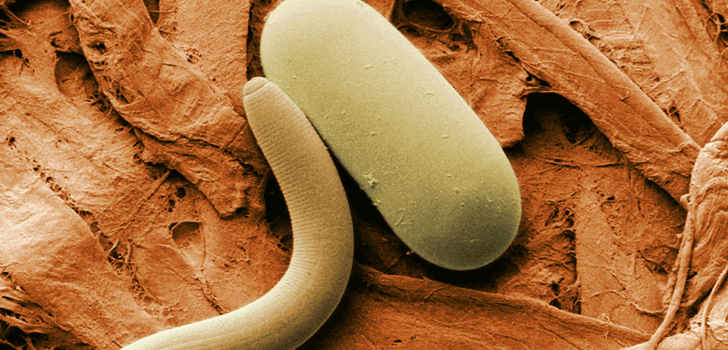A new study shows that being infected with a certain species of parasitic worm increases a woman’s fertility. Researchers conducted the nine-year study in Bolivia and evaluated 986 indigenous women – known as Tsimane – who were infected their whole lives with Ascaris lumbricoides, a parasitic roundworm. Scientists determined that the roundworm infection led to an average of two extra children. (Bolivian Tsimane women have, on average, have nine children.)
Approximately 70% of the Tsimane women are infected with Ascaris lumbricoides.
In addition to finding that Ascaris lumbricoides infection increased fertility in women, researchers also found that women infected with hookworms had a lower-than-normal rate of fertility. Women with hookworm infections had on average three fewer children during the course of their lives.
Professor Rick Maizels, a specialist in parasitic worms and the immune system stated that, “It’s horrifying that the hookworm effects are so profound, half of women by 26 or 28 have yet to fall pregnant and that’s a huge effect on life.”
One of the researchers, Professor Aaron Blackwell from the University of California, Santa Barbara, observed that the effects of both types of infections on women’s fertility were significant and quite unexpected.
In describing his team’s findings, Blackwell said that over the course of a pregnancy, a woman’s immune system naturally changes so as not to reject the fetus. “We think the effects we see [in the Bolivian women] are probably due to these [roundworm] infections altering women’s immune systems, such that they become more or less friendly towards a pregnancy.”
And, experts believe that this new research could lead to the development of “novel fertility enhancing drugs.”
Blackwell said somehow using worms as a fertility treatment was definitely an “intriguing possibility” but warned that scientists must conduct much more research “before we would recommend anyone try this.”
Blackwell and his team published their findings in the journal, Science.
